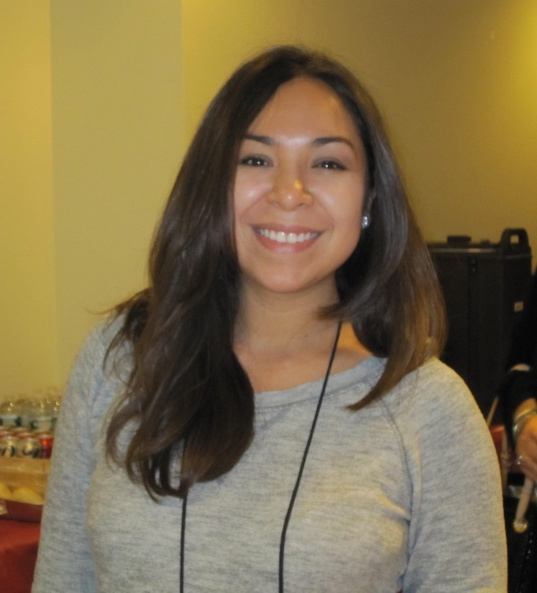An article in the upcoming Sunday New York Times Magazine presents a scathing view of transracial adoption, highlighting the adoption of Korean children by Caucasian parents in the United States: “Why A Generation of Adoptees Is Returning to South Korea” (http://www.nytimes.com/2015/01/18/magazine/why-a-generation-of-adoptees-is-returning-to-south-korea.html). The author, Maggie Jones, and her husband adopted two children across racial lines, one born in the United States and one born in Guatemala. She interviewed a number of the 300 to 500 Koreans adopted internationally, most in the United States, who have returned to South Korea to live as adults. The adoptees criticize South Korea’s discrimination against single mothers which has led to the exporting of so many children. And they speak of the pain they experienced in the United States as adoptees who were racially different from their parents and the society around them. Many are estranged from their adoptive families and have reunited with their South Korean birth families. Their organization, ASK, Adoptee Solidarity Korea, opposes all international adoption.
Another writer about transracial and open adoption, Angela Tucker, raises similar questions, but has a more hopeful view. Tucker, an African American who was adopted in a closed adoption at age one by Caucasian parents in the United States, created Closure (www.closuredocumentary.com), a luminous documentary about her quest to find her birth family with the help of her adoptive family. In a recent blog, she writes about the complexity of transracial adoption (http://theadoptedlife.com/2014/01/13/do-trans-racial-adoptees-know-anything-about-trans-racial-adoption/). She explains that transracial adoptees can have wonderful, loving families and opportunities that would not have been available in their birth families, and still be curious about finding their birth parents. Tucker advocates for recognizing with honesty the pain of racial discrimination and difference that transracial adoptees face.
Photo by Mark Neville for The New York Times



